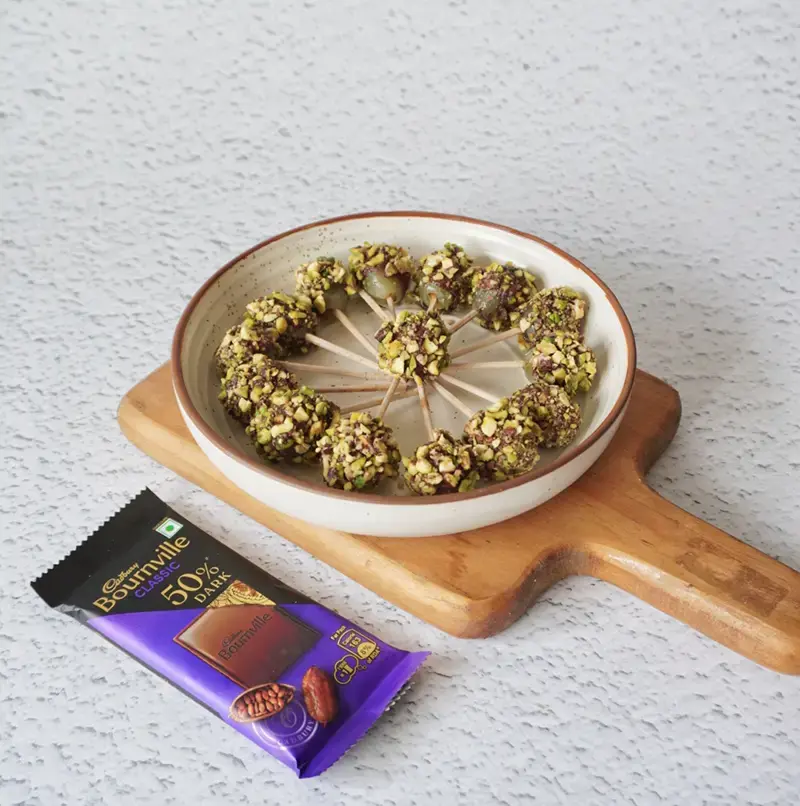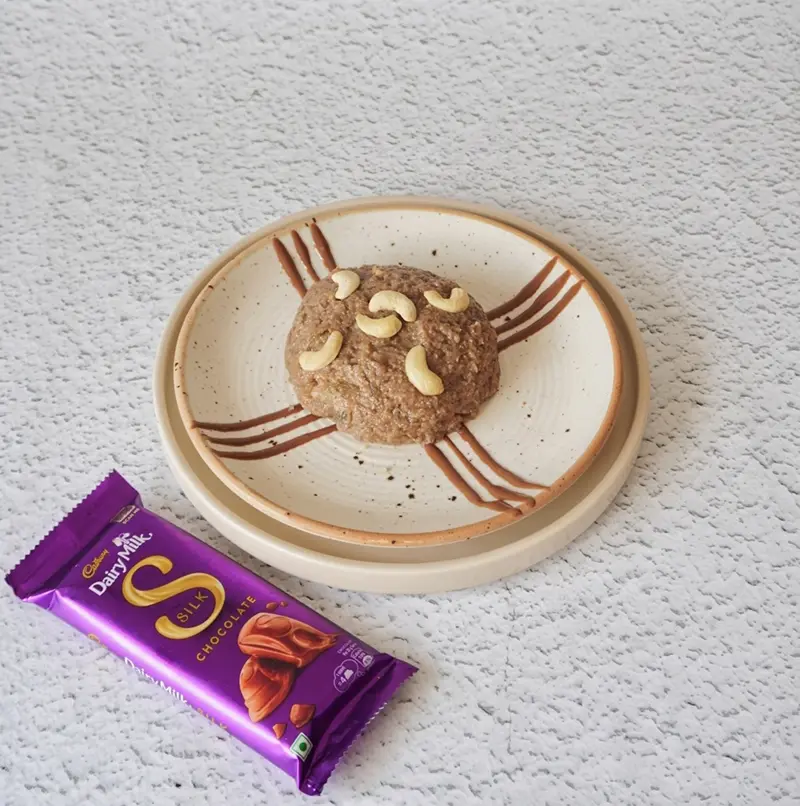- Home
- Articles
- Traditional Indian Christmas Sweets: How the Portuguese left their timeless mark with the underrated Guava cheese
Made with fresh guavas, Guava Cheese is a quintessentially chewy, fudgy, sticky Goan delight.

Made with fresh guavas, Guava Cheese is a quintessentially chewy, fudgy, sticky Goan delight.
Goa is a food-loving state, and a lot of its specialties revolve around seafood. However, desserts are the real showstoppers of this cuisine. Items such as Dodol and Bebinca have gained popularity, and even the classic marzipan candies have made their way into mass shops during the Christmas season. Yet, what about the hundreds of other treats that are patiently awaiting their day in the spotlight? One of those regional sweets, Guava Cheese, is well-liked in the community but hasn't received the recognition it deserves outside of it. Let's address the question that's on everyone's mind before we get started. What’s in a name? Well, a lot because of Guava Cheese itself, actually! It's not cheese, that's for sure, nor is it of Indian origin. So, what is it precisely, and where did it originate from? Let’s find out below.
Also known as Perad, Guava Cheese is one of the most popular Christmas desserts in the majority of Catholic homes. This crunchy, melt-in-the-mouth fudge is a simple sweet treat mostly available during Christmas. Now, as history tells us, the Portuguese were among the numerous people that visited India and made lengthy stays here. Even though the British quickly one-upped Portugal, their impact on Goa's cuisine is still very much present today. India was initially visited by Portuguese in the late 1400s. Portuguese explorer Vasco da Gama is said to be among the most significant figures to have arrived in India from Portugal. He traveled from Africa's east coast, which subsequently became a Portuguese territory, to India.
Are you still wondering how the Portuguese had a food-related impact in India after all? In essence, Portuguese culture has had two very distinct effects on Indian food. Food ingredients were being exported from both ends. In addition, the Portuguese brought several cooking methods to India. Goa and its surrounding districts, including Daman and Diu, were the most heavily impacted by Portuguese culture in India. In India, potatoes, tomatoes, and chillies are among the most vital components. Several Indian dishes start with these basic components. The introduction of tomatoes and chilies, two staple components in many Indian cuisines, dates back to the Portuguese colonization. Well, not only chilies and tomatoes, but also the Portuguese brought famous items from America to India, including beans, guavas, cashews, peanuts, peppers, pumpkins, and squash. And this, ladies and gentlemen, is how the Goans’ love affair with Guava Cheese started.
Portuguese ancestry is the source of Guava Cheese, as is the case with many aspects of Goan culture. It all began during Brazil's colonial era, when guavas were employed as a convenient local alternative to oranges in marmalade. Also called Pasta De Guayaba in the Caribbean, Guayabate in the Spanish-speaking Americas, and Perad in Goa, is a thick slab that is shared almost like a jelly sweet. In contrast, Brazilian Goiabada, which is spread on toast for breakfast, is a thin paste that is used as a filling. The final texture is determined by the sugar to water ratio, the time of the cooking process, and the species of guava, as each has a unique natural sugar content. Once set, it can be kept for months in a cold, dry place, but we're betting that people will devour this gooey, melt-in-your-mouth treat in a matter of seconds!
Well, well, now that you know all about the history and heritage associated with this utterly Goan sweet, let’s quickly move on to the recipe. Read on to know more.
Ingredients:
- ½ kg red guava
- 1 cup sugar
- 1 tbsp lemon juice
- 1 tbsp ghee or butter
- A pinch of salt
Directions:
- To get rid of any dirt on the skin, give the guavas a thorough washing.
- Cut the fruit into quarters, then steam it for ten to twelve minutes. Alternatively, put it under water and pressure cook it for two whistles.
- After cooking, transfer the guavas to a blender and process until they form a smooth paste.
- To get rid of the seeds and any big pieces, strain the paste.
- Fill a heavy-bottomed pan with the strained pulp, then heat it to a boil.
- Reduce the heat to low and add the salt and sugar, stirring constantly.
- Once it takes on a deep brown hue, incorporate the butter or ghee.
- Add the lemon juice and continue cooking for a further ten minutes as it starts to pull away from the pan's sides.
- Spread it out over the borders of a tray that has been oiled.
- 1Let it cool fully before slicing it into the desired shape.
- 1Either store it in an airtight jar or you may have guava cheese on its own as a dessert or with toast, sandwiches, or other foods.
- 1To add an extra zing to the plate when you serve it, garnish with Cadbury Dairy Milk Silk shavings for that chocolatey surprise.
Tips and Tricks:
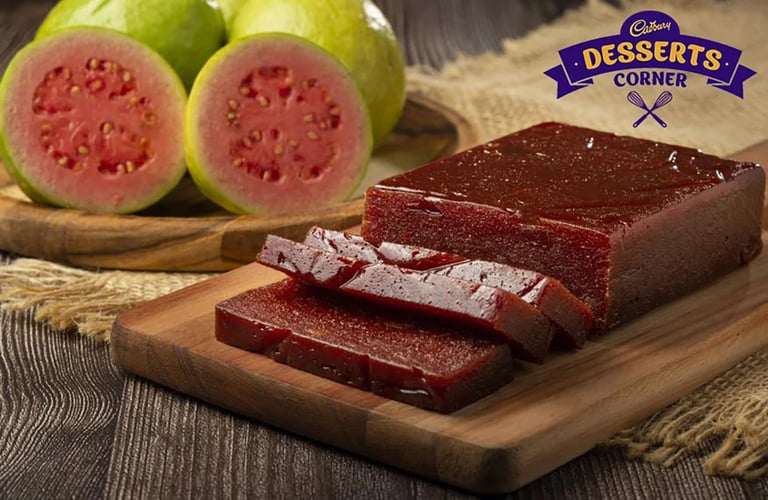
Quite a lot has been written about the advent and importance of Guava Cheese during a traditional Christmas celebration. But, what about the tips and tricks to get the taste and texture of Perad right, especially if you’re going to cook this for the first time. Worry not, we have got you covered. Read on.
- Although it's not hard to make, Guava Cheese takes a little bit of work since you have to mix it constantly to reach the appropriate consistency. Cook the sugar and guava pulp over low heat, stirring all the time. And, keep an eye out for that picture-perfect, chef-worthy consistency while making your own Guava Cheese.
- The color of the guava determines the color of the Guava Cheese. The color becomes red if it is red. When guavas are white in color, the color seems light brown. Usually, we don’t add any artificial color. If you want your Guava Cheese to be red, you can add red food coloring.
Did you see only a few staple ingredients—guava, sugar, lemon juice, oil/ ghee and salt—are needed to make Guava Cheese. The long process is made up for by the short list of components. However, the outcome makes the effort worthwhile. Trying this recipe has extra advantages in addition to being delicious and high in vitamins.
Like This Article?
More Like This
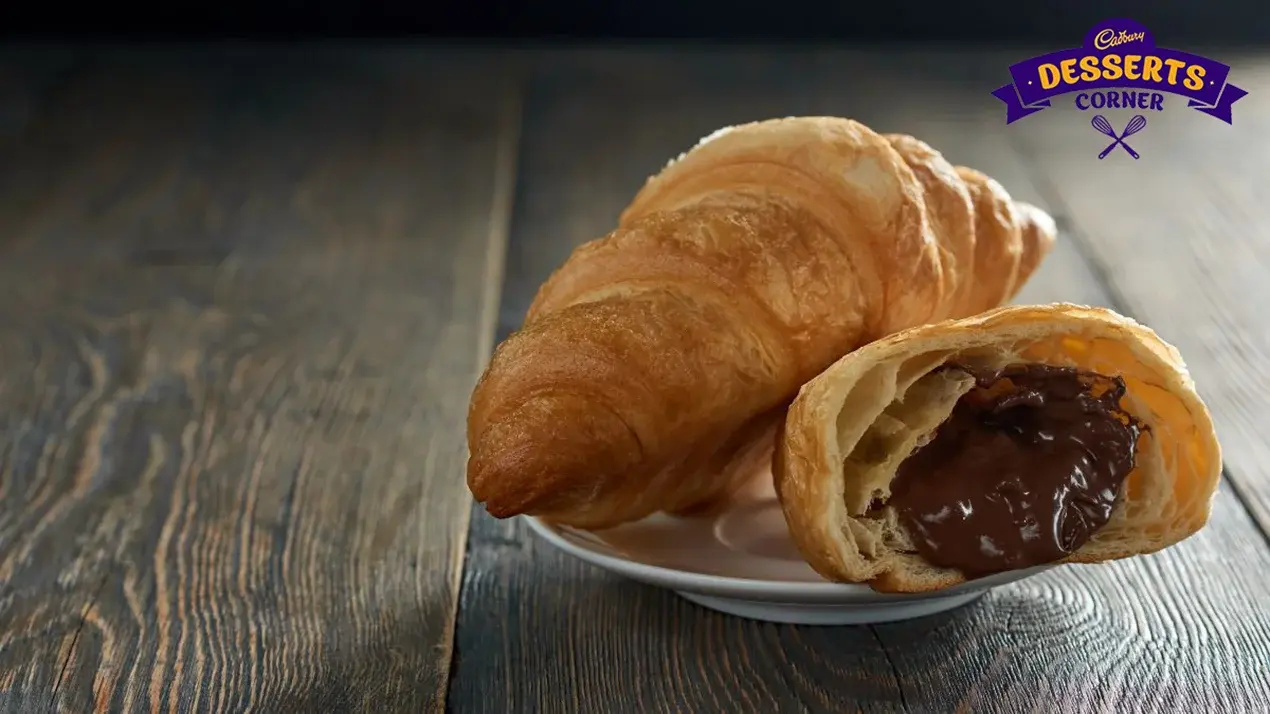
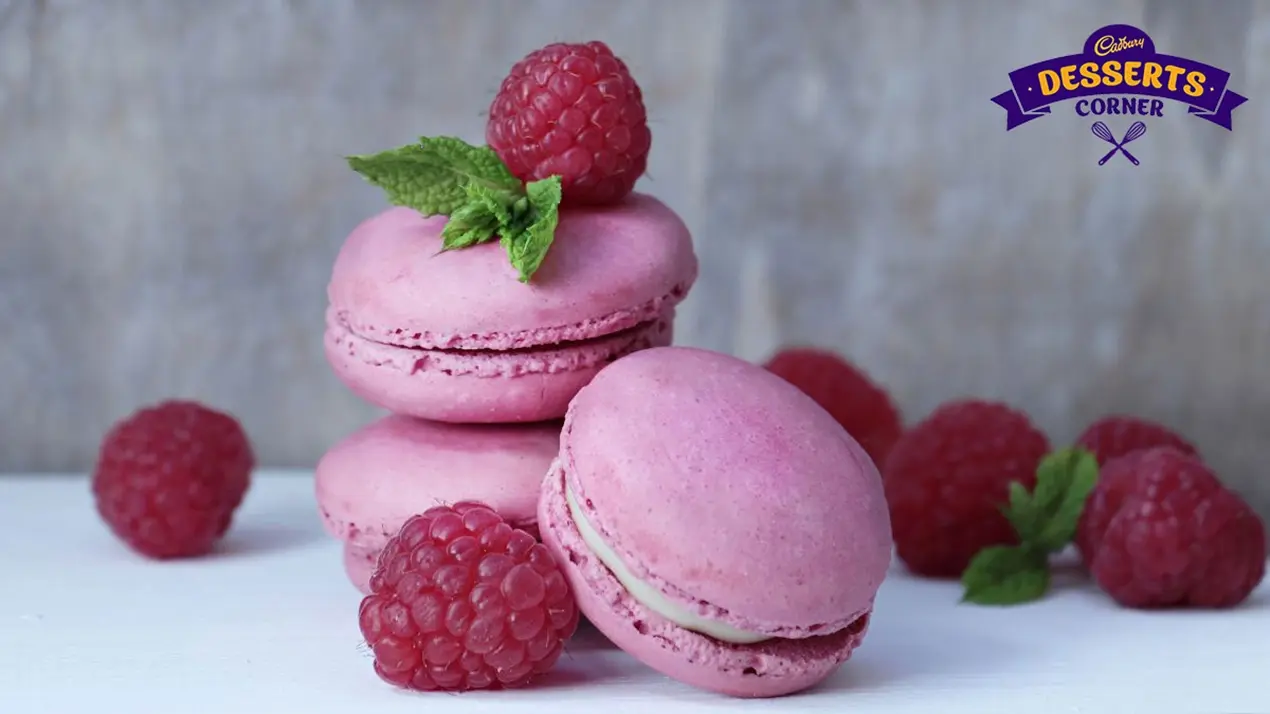


Popular Articles





Trending Web Stories
Curated Recipes

